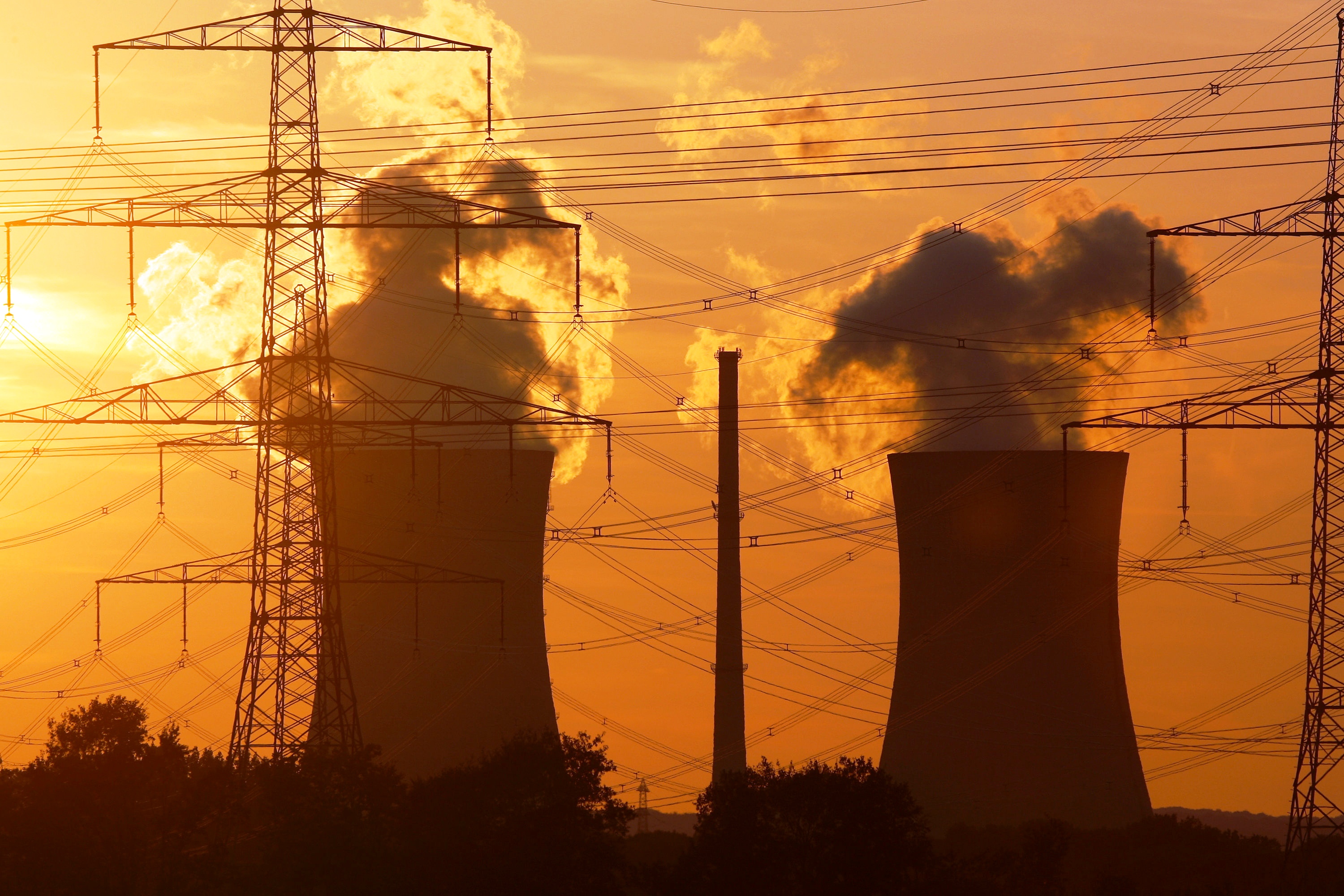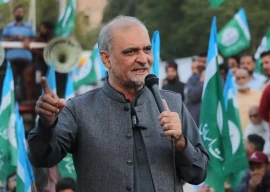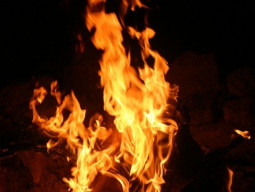
The court directed that the reports should be in accordance with Section 17 of the SEPA Act 2014 read with the Pakistan Environmental and EIA Regulations 2014.
Headed by the Chief Justice Maqbool Baqar, the bench said that fresh EIA should be carried out within three months and till then restrained the Pakistan Atomic Energy Commission from commencing work on the plants.
The order came on a petition filed by a group of four citizens – filmmaker Sharmeen Obaid Chinoy, physicists Dr Pervez Amirali Hoodbhoy and Dr Abdul Hameed Nayyar, and architect Arif Belgaumi. They had had challenged the construction of the two nuclear plants as they claimed it was not complying with the environmental laws.
On Monday, the two judges disposed of the petition after hearing arguments from Advocate Abdul Sattar Pirzada and Qazi Athar for the petitioners and Advocate Anwar Mansoor Khan for PAEC.
On previous hearing on December 18, the petitioners’ lawyer had asserted that the safety precautions to be adopted by the authorities were still unclear, which was a matter of concern given the threat posed by the reactors to the people of Karachi. He further argued that the EIA report had been issued without complying with the provisions laid out in the environmental laws, since no public hearing had been held regarding the suitability of the site.
However, Anwar Mansoor Khan, the counsel for PAEC, submitted that the commission was exempted from holding public hearings regarding the site under Section 12(3) of the Environmental Protection Act of 1997. He said that the selected location was in close proximity to the existing nuclear power plant, adding that a new site had not been picked for the planned plants.
Khan claimed that other countries were also using ACP-1000 nuclear reactors to generate electricity. He further said that the PAEC could not place certain facts on record due to the sensitivity of the project and for strategic reasons.
According to Khan, the work had only commenced after adherence to all technical and legal prerequisites. He pleaded to the court to vacate its stay order, saying that the order was causing massive financial losses to the PAEC.
The bench adjourned the hearing after Khan concluded his arguments, asking the petitioners’ lawyer to make his case at the next hearing.

1725783822-0/Tribune-Pic-(15)1725783822-0-165x106.webp)















COMMENTS (1)
Comments are moderated and generally will be posted if they are on-topic and not abusive.
For more information, please see our Comments FAQ